Google's Innovation: Management, Successes, Failures, & Recommends
VerifiedAdded on 2021/06/14
|17
|1017
|65
Presentation
AI Summary
This presentation provides an in-depth analysis of Google's innovation management, highlighting its key strategies and principles. It examines Google's approach to fostering innovation, emphasizing its ability to integrate and reconfigure competencies to adapt to a rapidly changing environment. The presentation details Google's notable successes, such as Google Maps, Gmail, and Android, while also addressing its failures, including Boston Dynamics and Google+. Furthermore, it offers recommendations for Google to maintain its competitive edge, including continuous technological advancement, product diversification, and the development of a strong human resource strategy to attract top IT talent. The presentation concludes by underscoring Google's effective innovation management techniques as a key factor in its competitive advantage over rivals like Yahoo and Microsoft.
1 out of 17
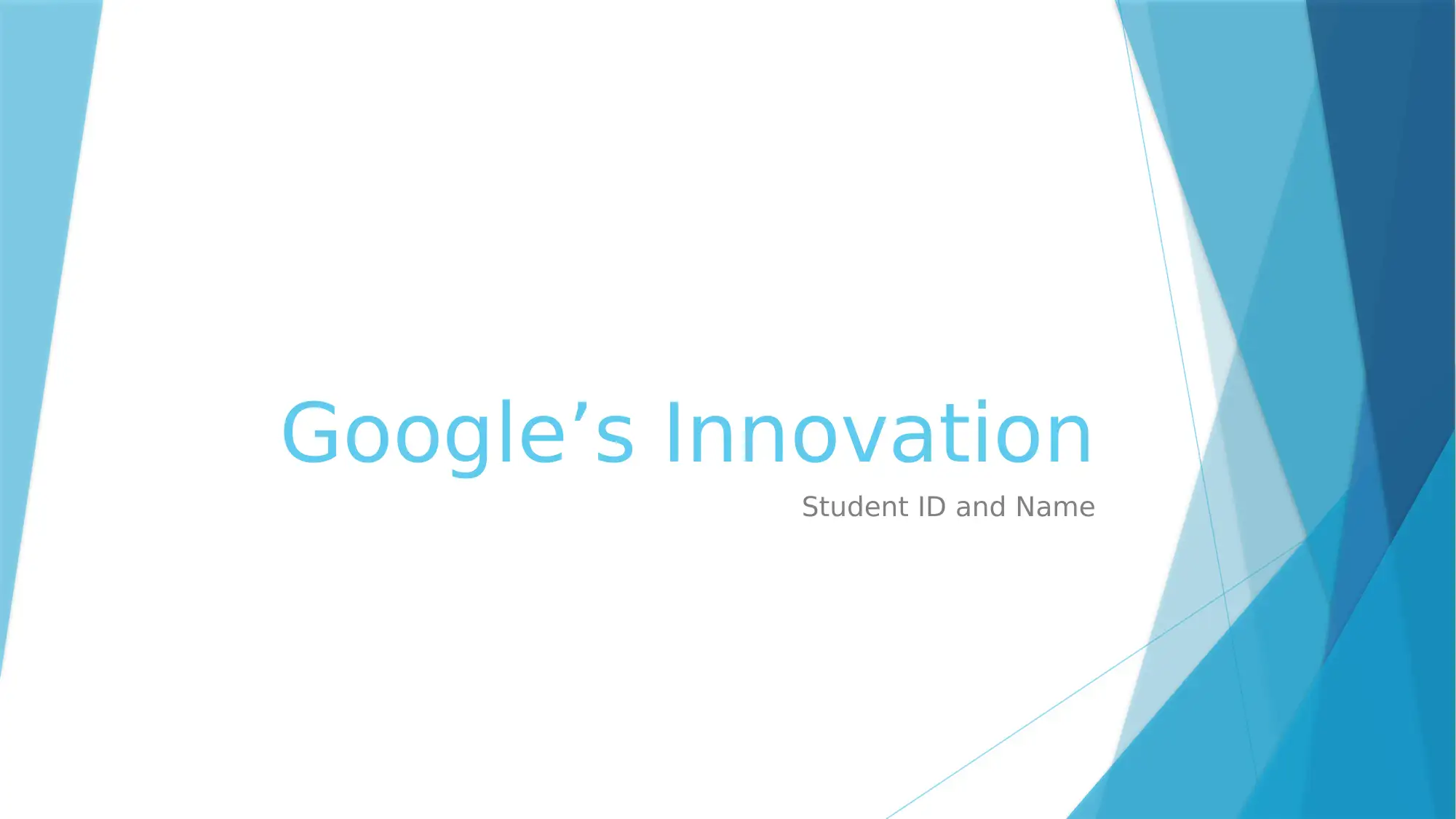
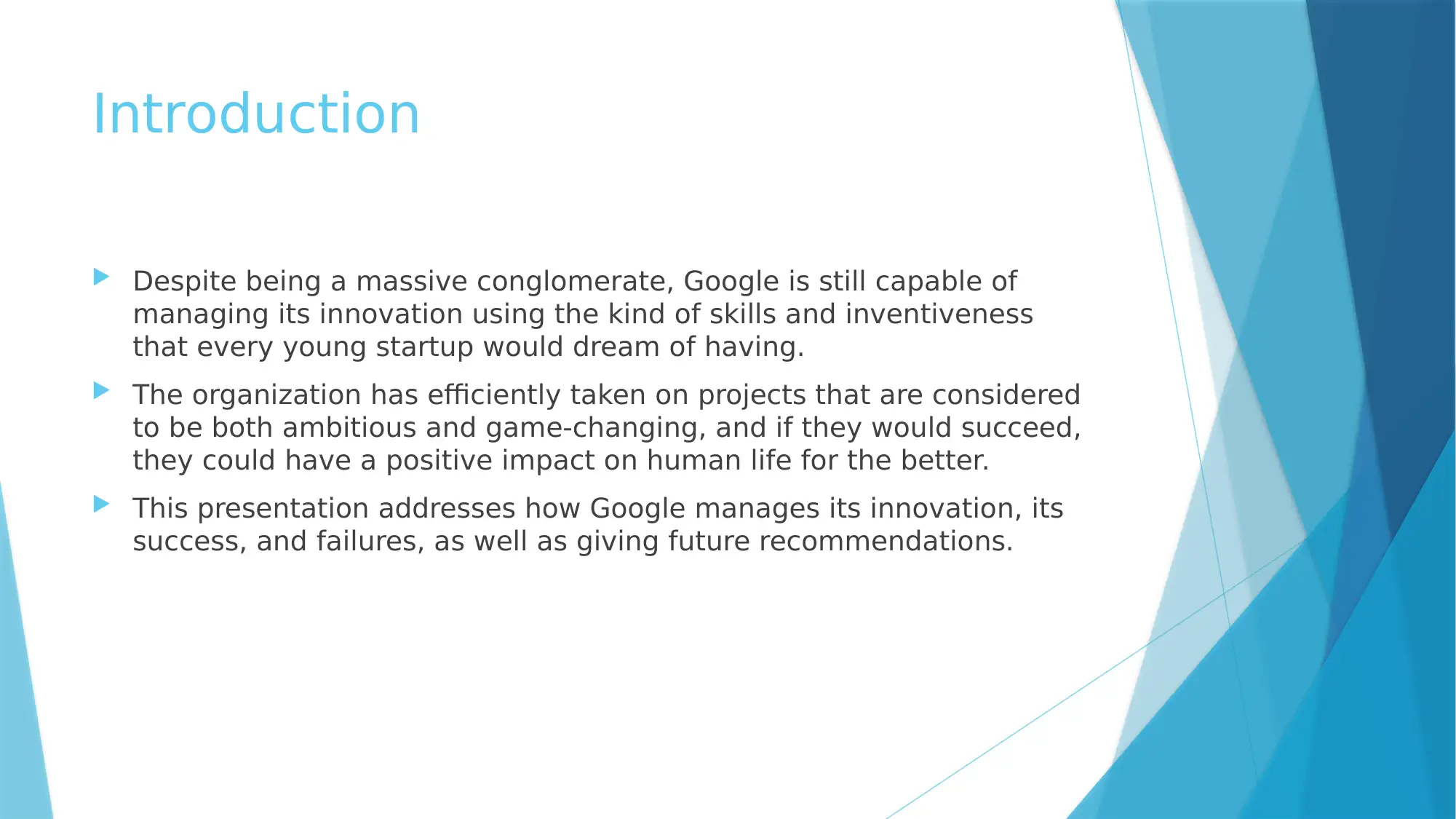
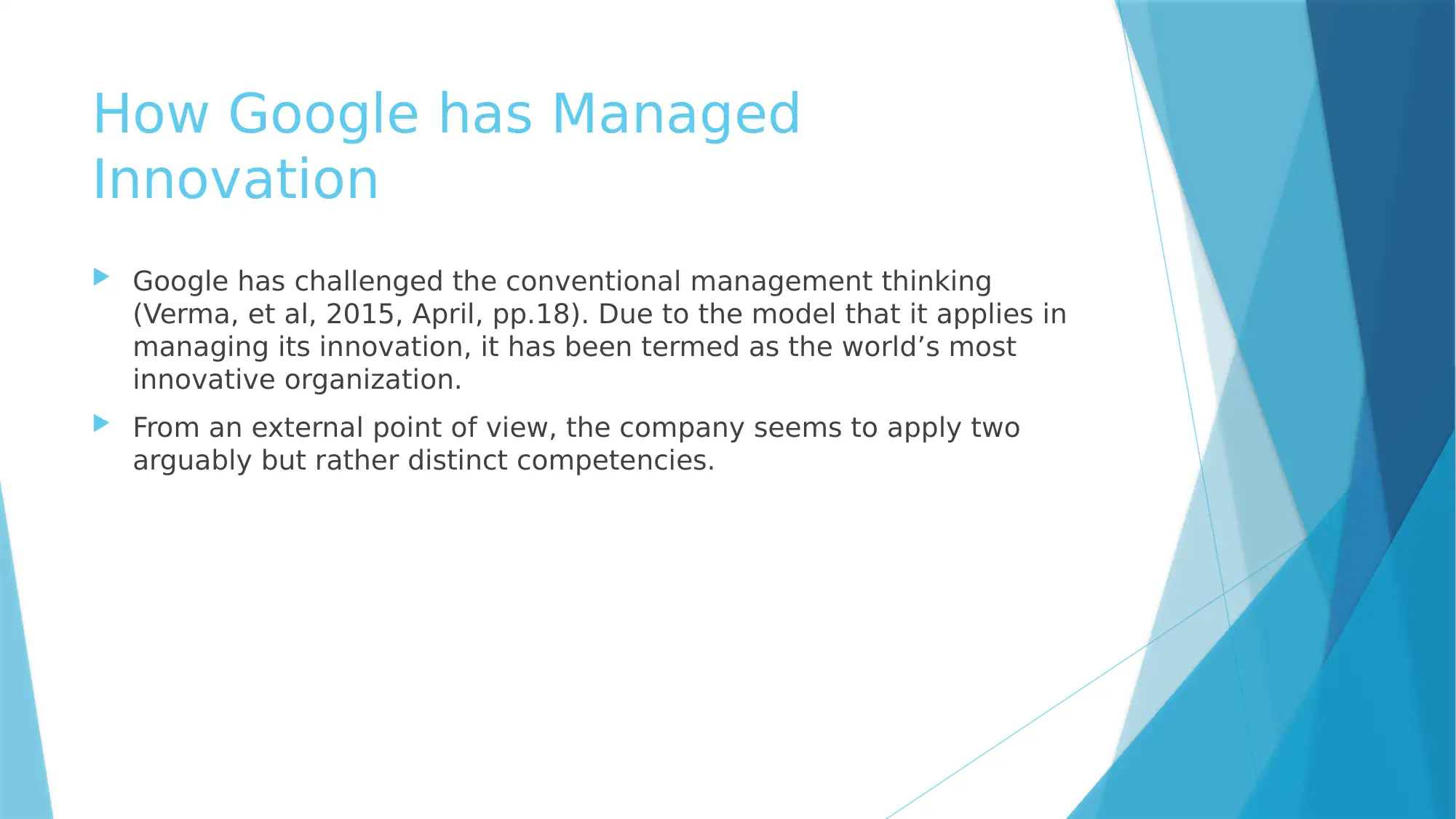

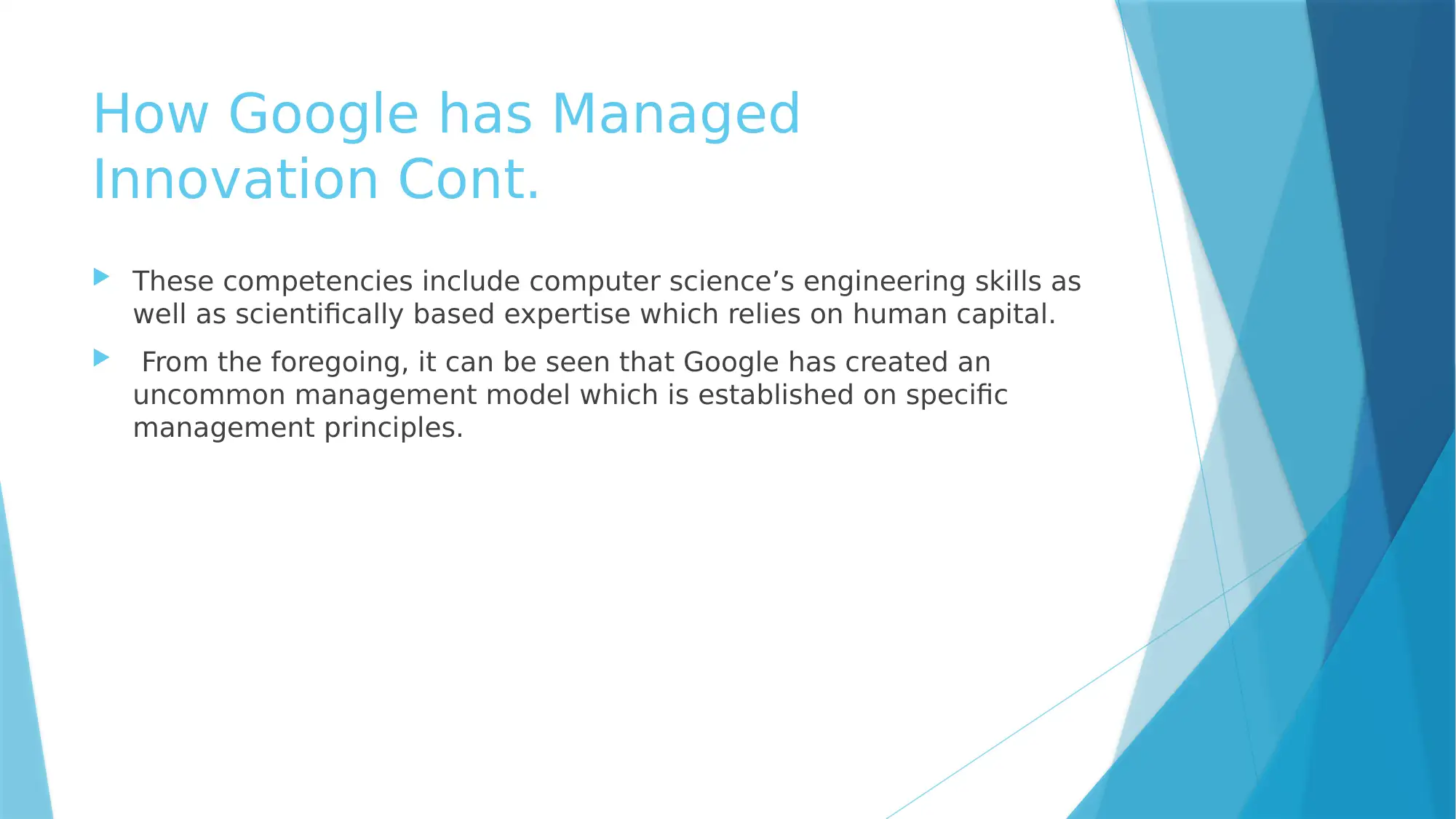
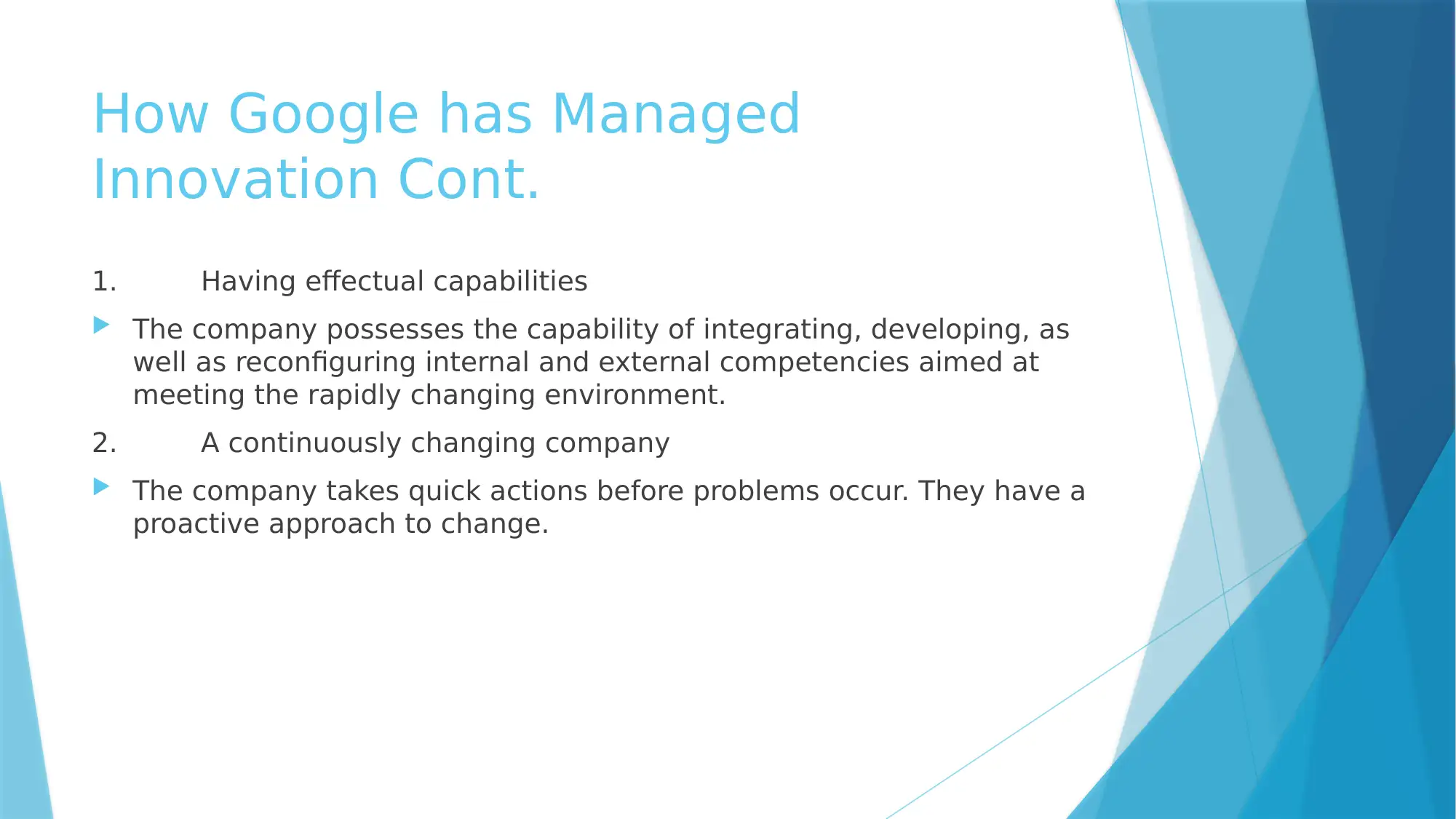
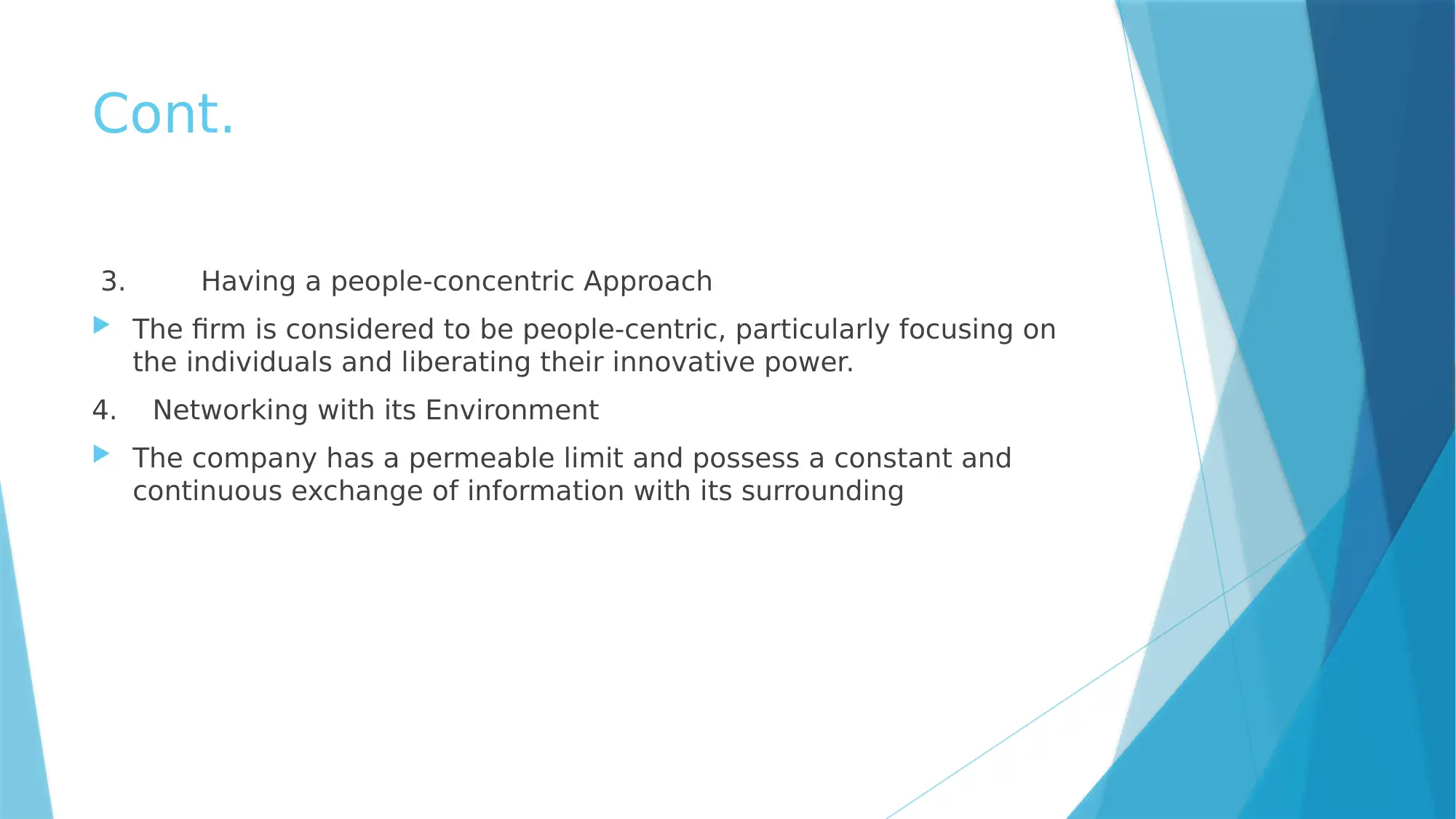
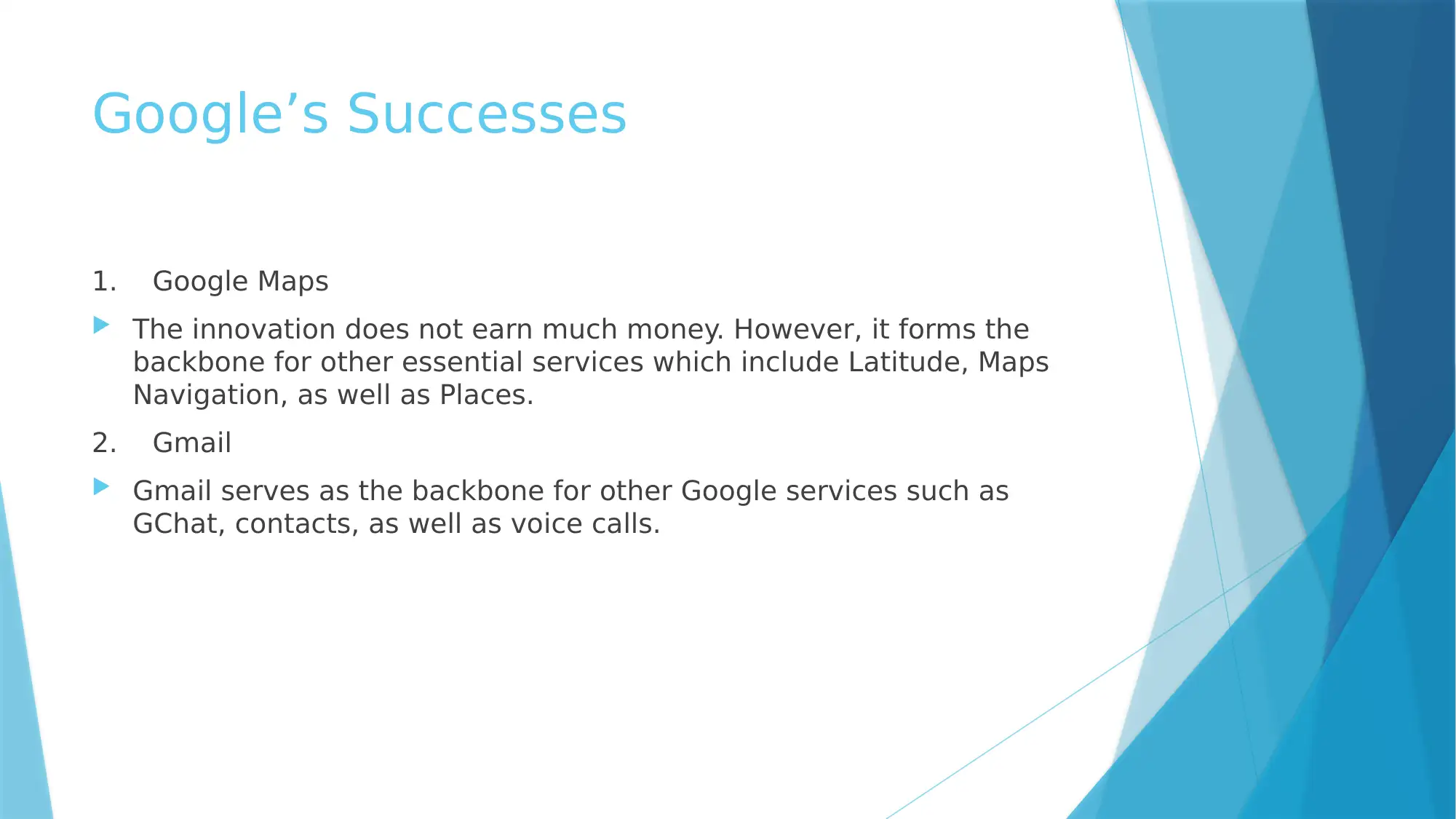
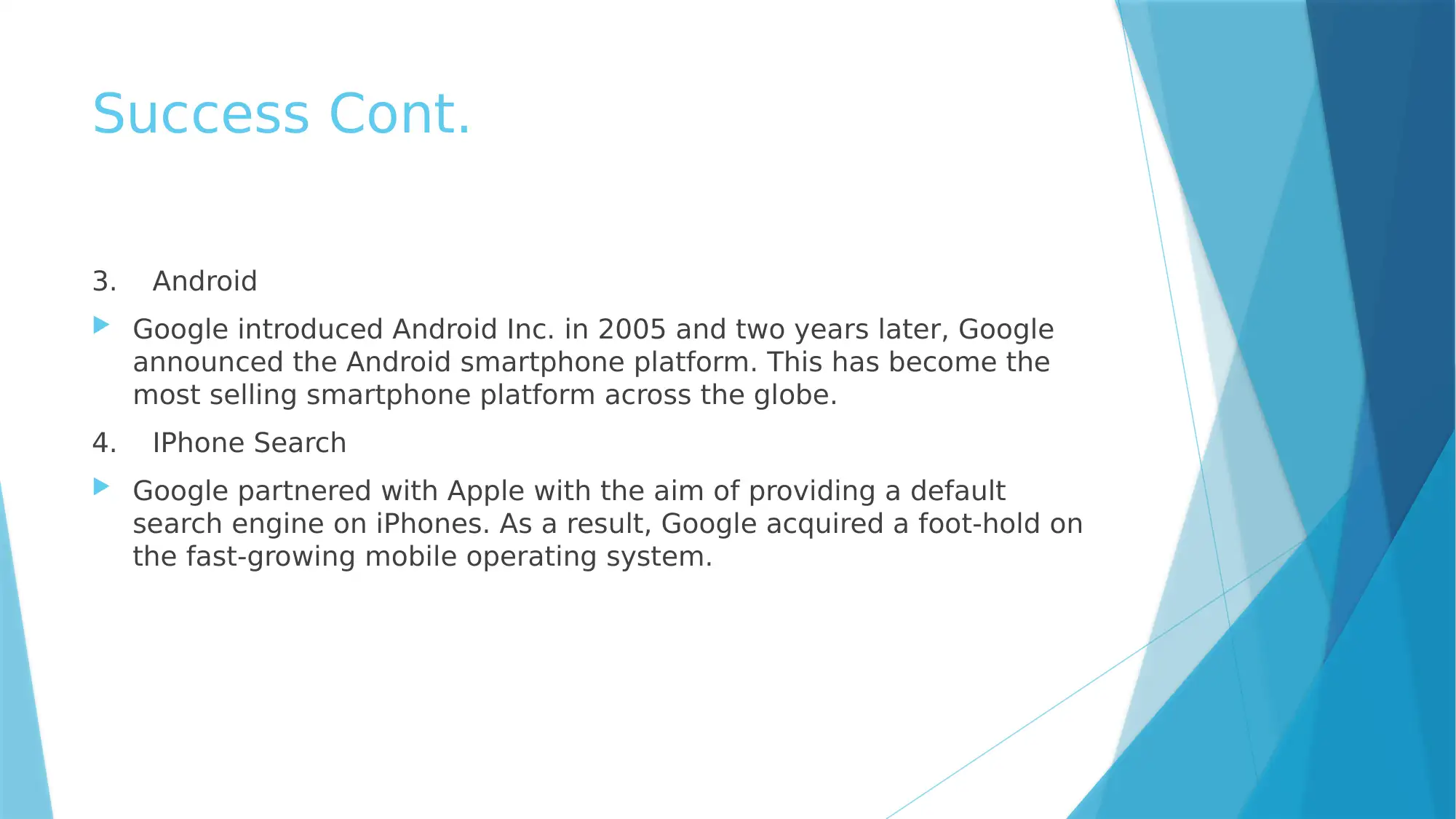
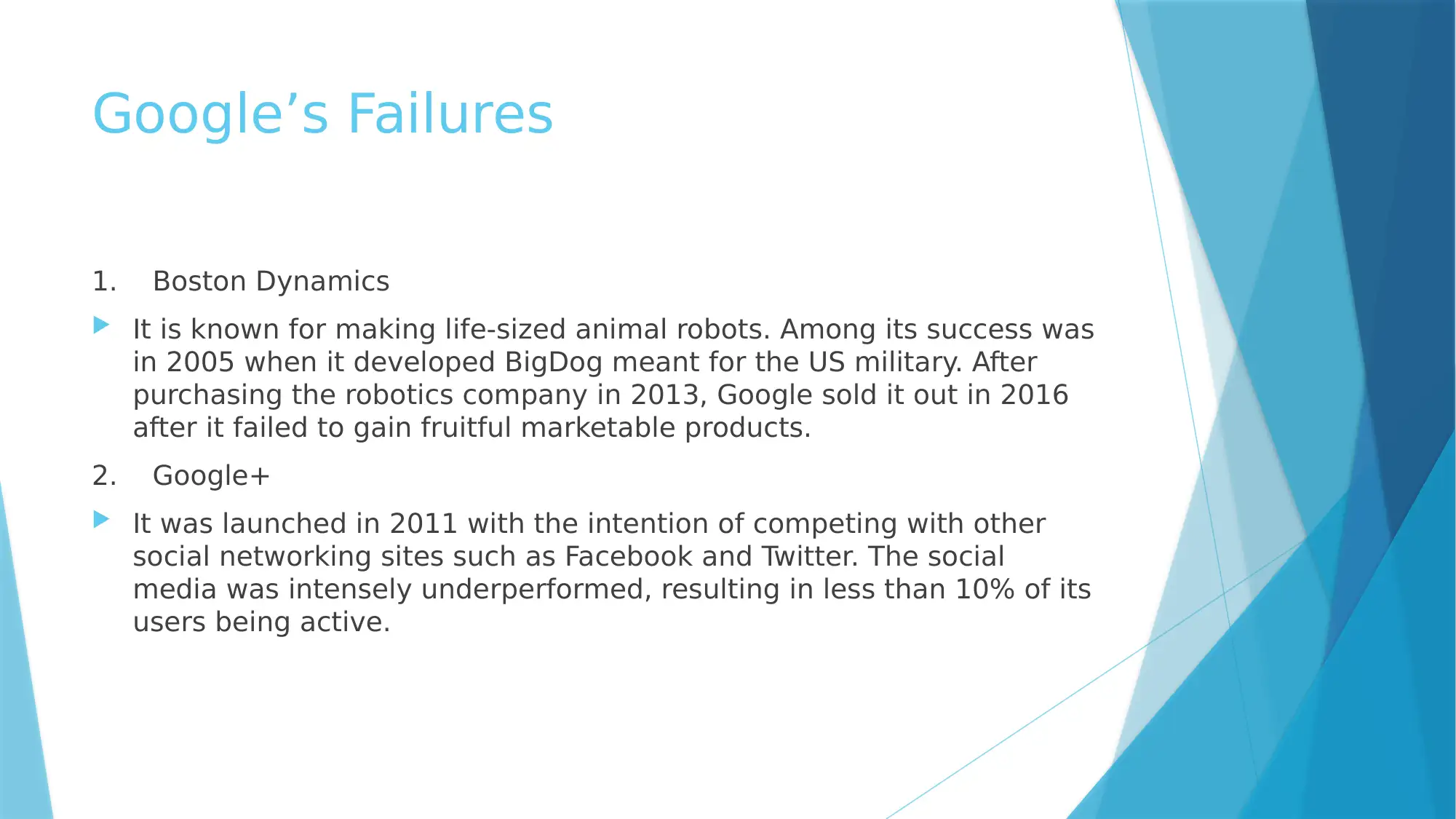
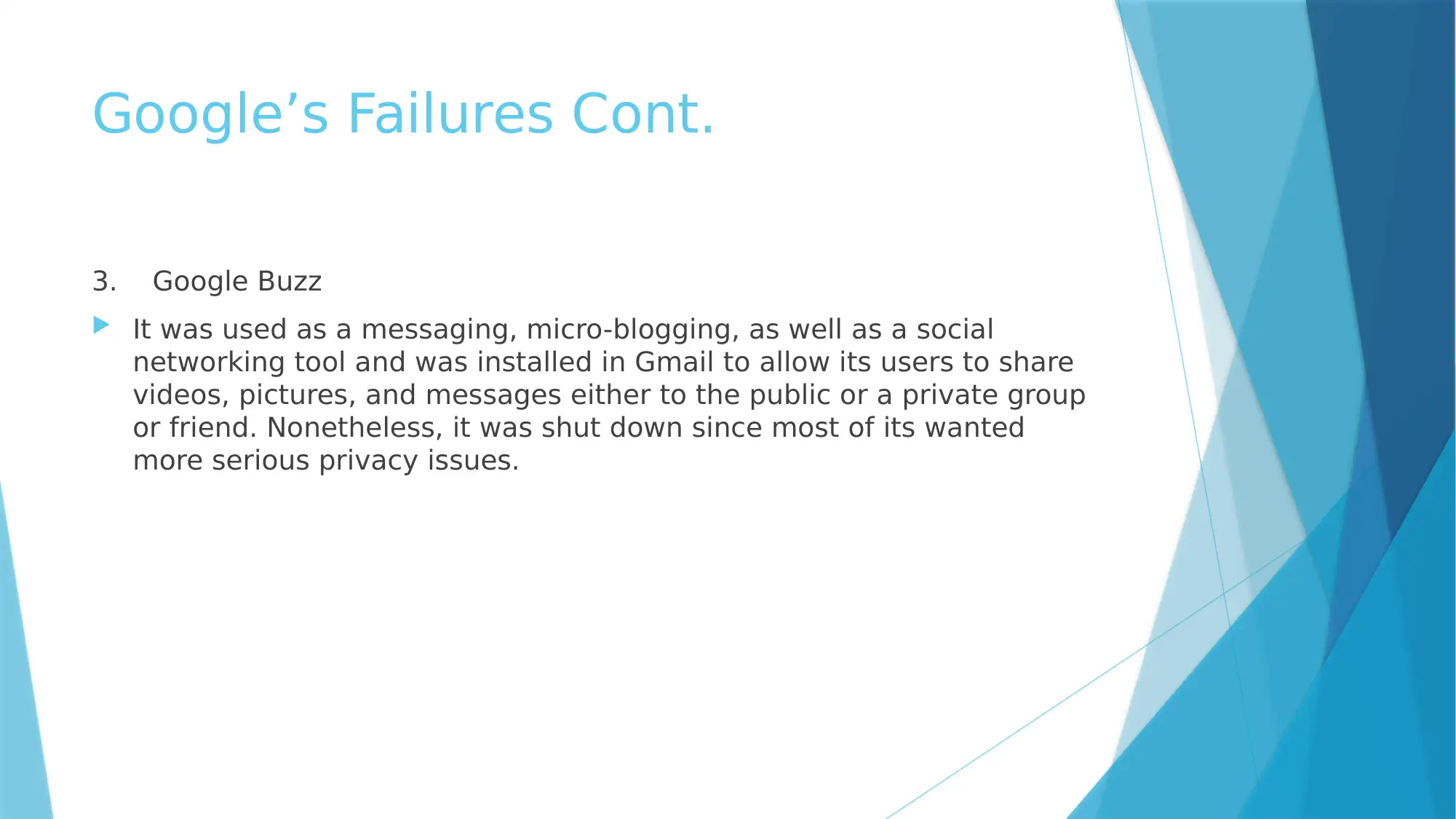
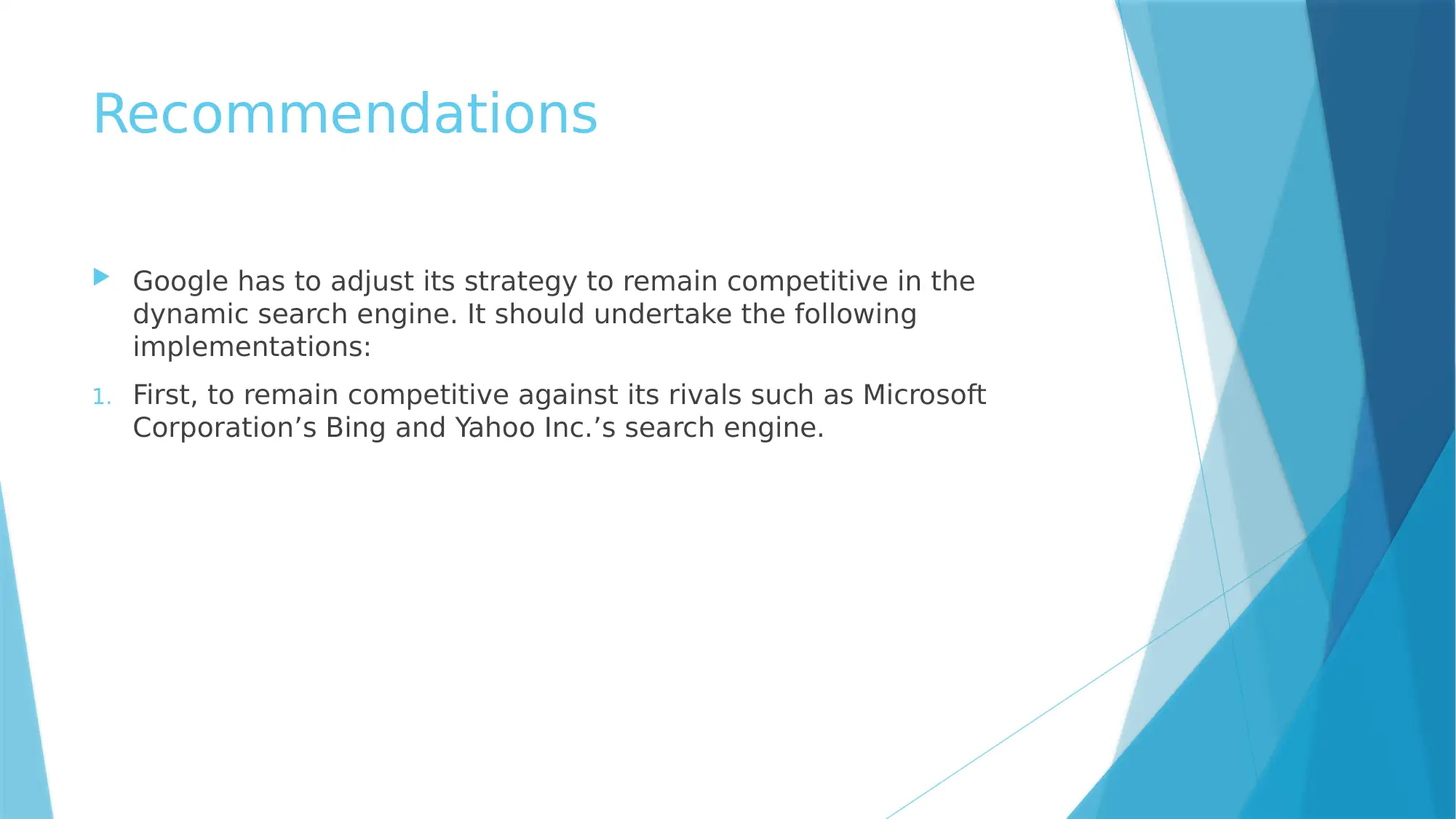
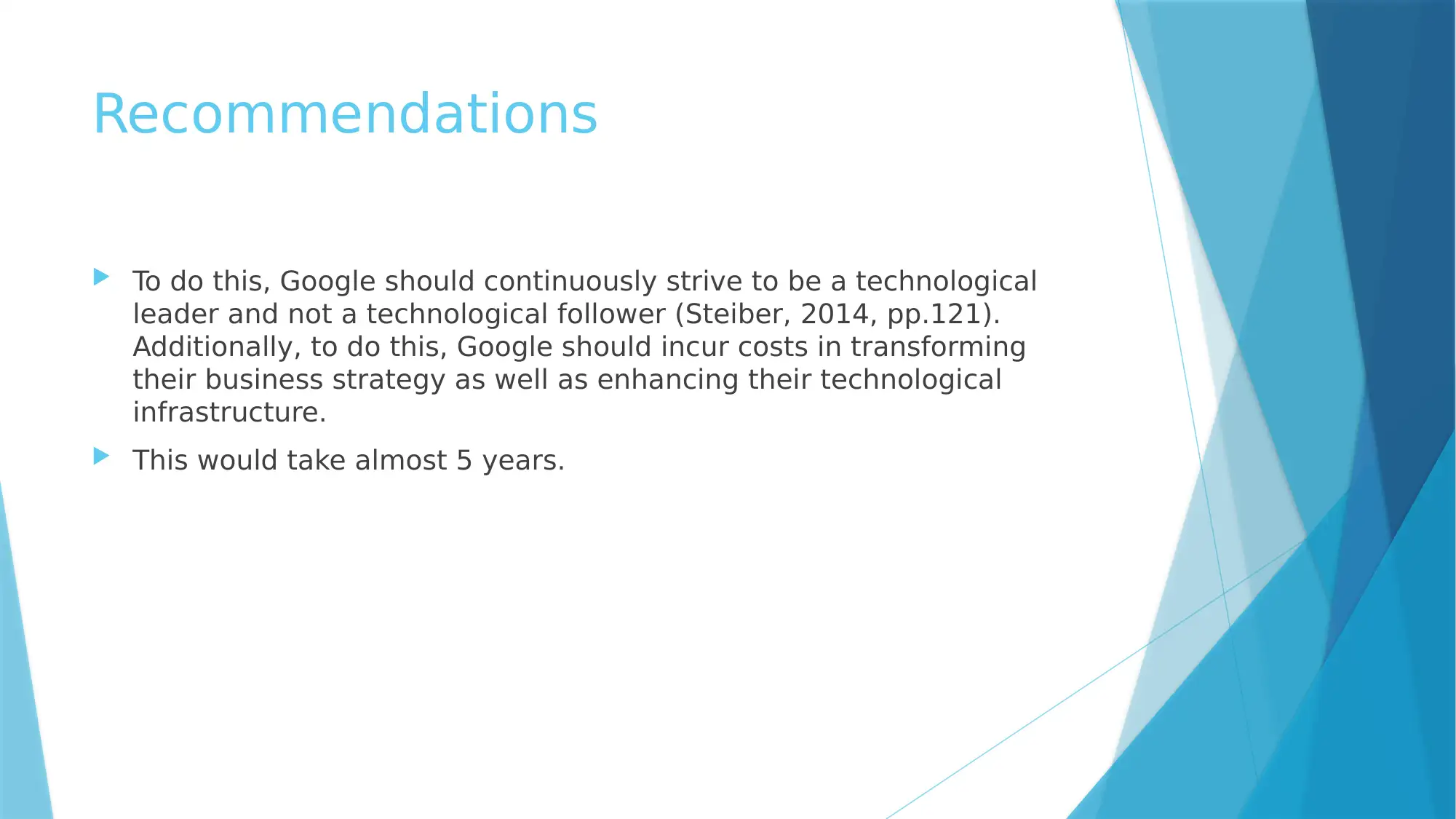






![[object Object]](/_next/static/media/star-bottom.7253800d.svg)